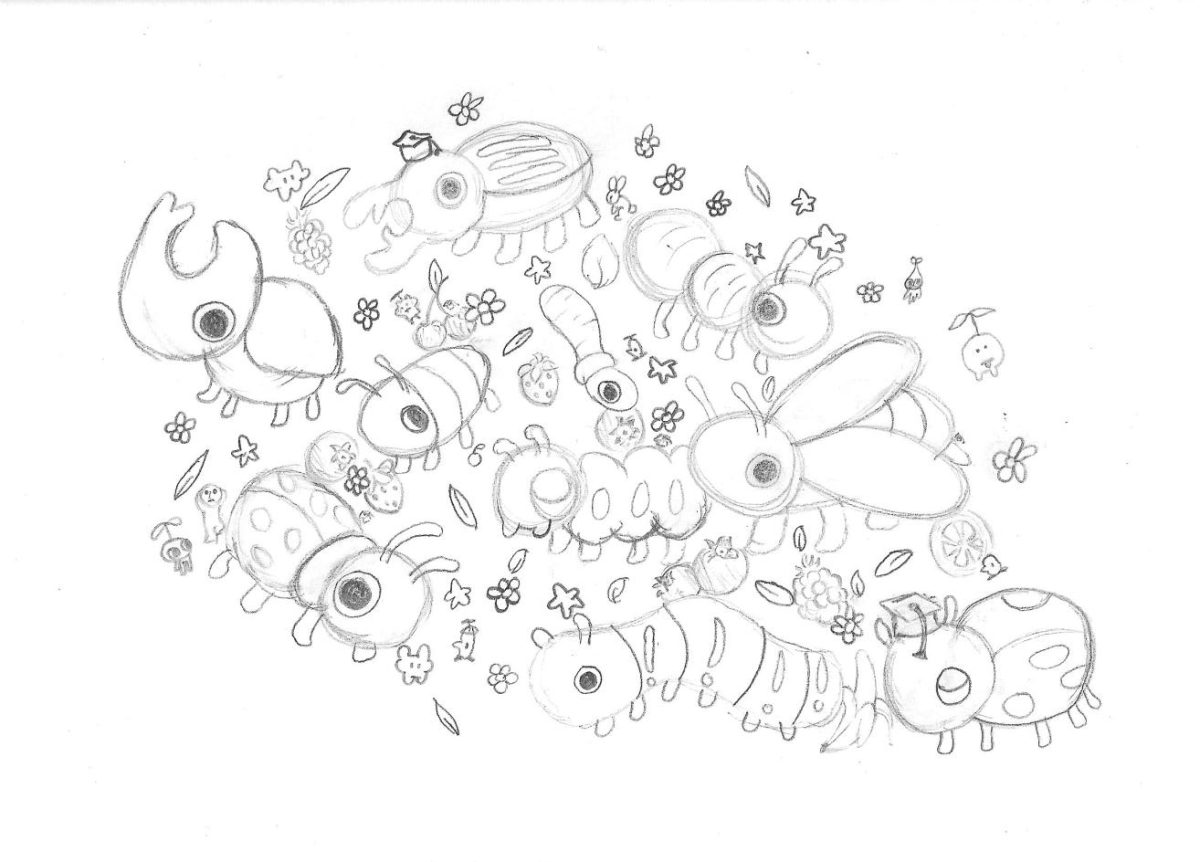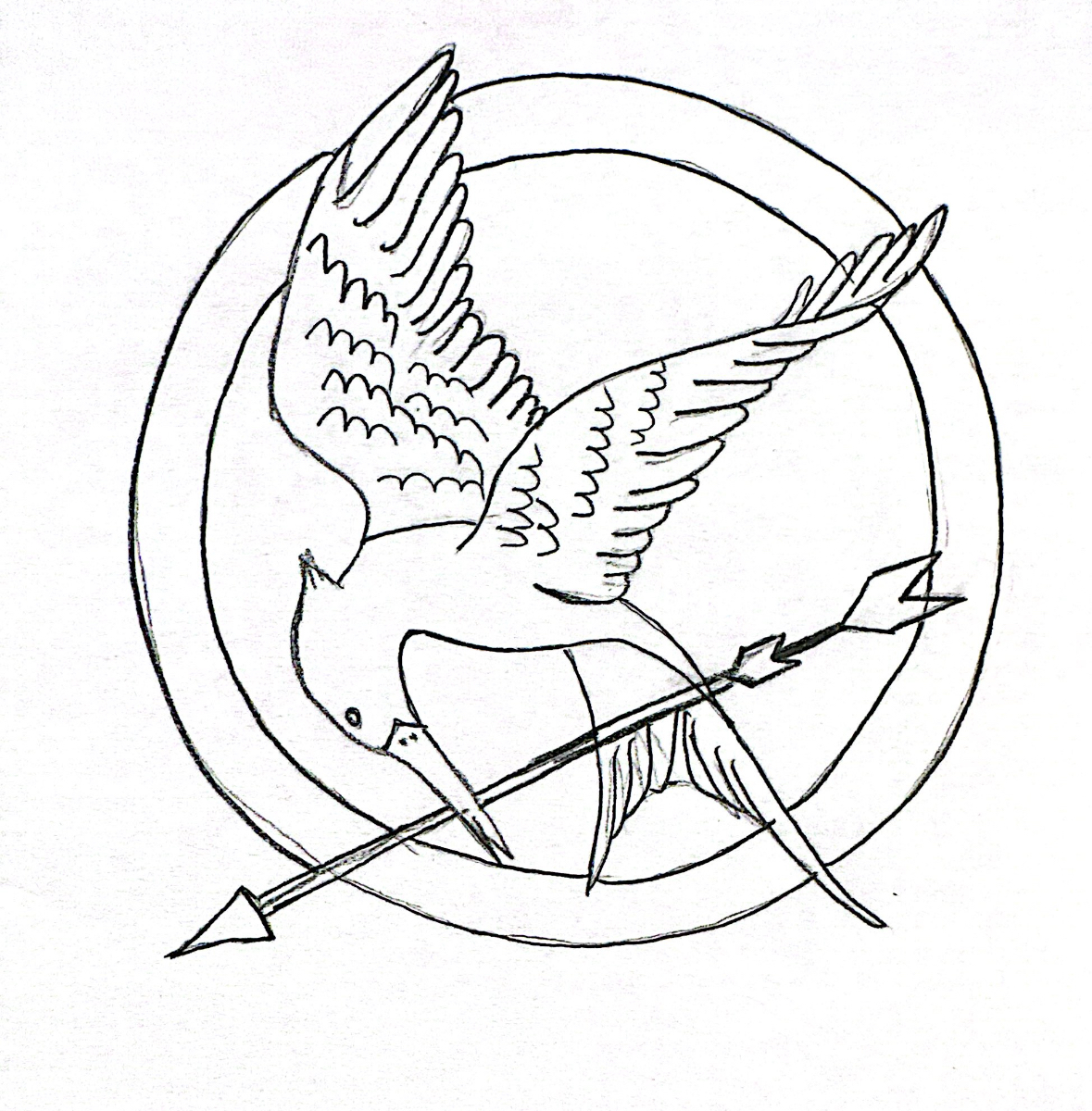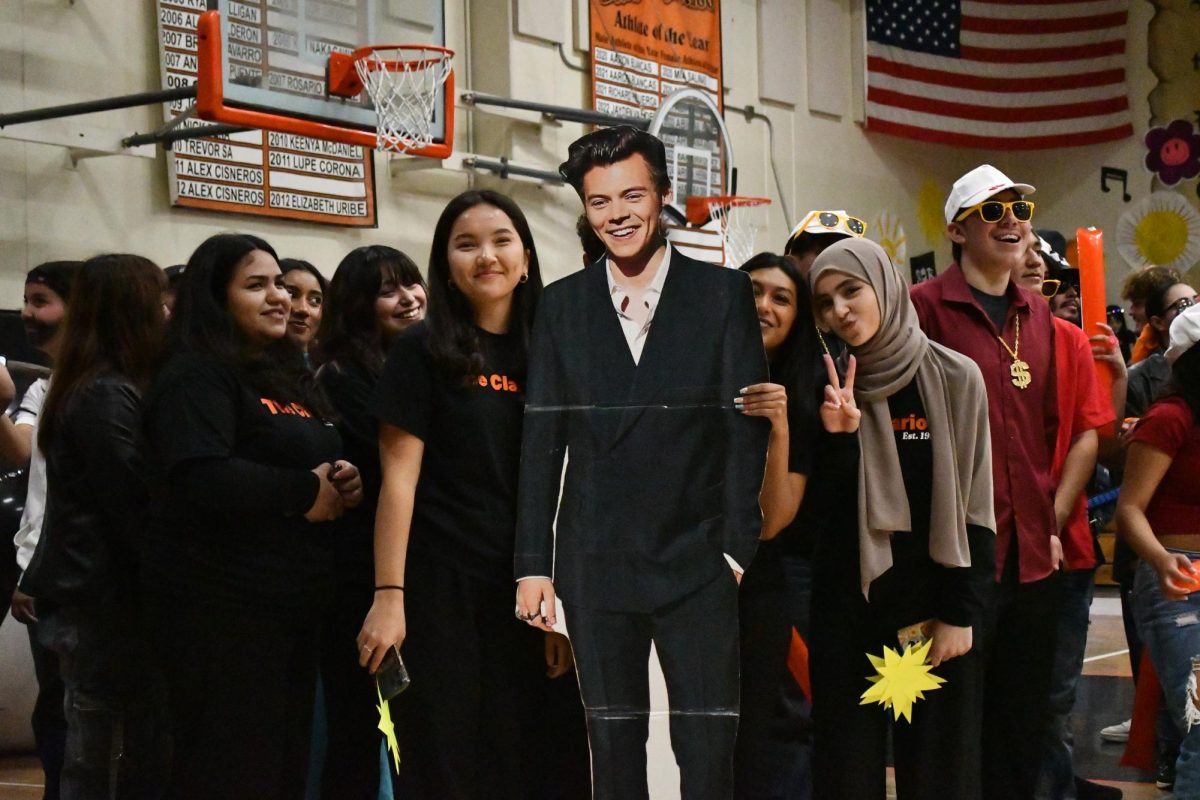As a foreign exchange student I experience new things on a smaller and bigger scale constantly. These discoveries can be positive or negative, inspiring or kind of frightening. With the upcoming holidays, I expect to learn even more about American culture, through differences and similarities in celebrations and traditions.
Thanksgiving is a very American thing I always have wanted to take part of, and even though I’ve been lucky enough to participate in celebrations with my American friend back in Norway, I have looked forward to experiencing it first-hand here in the United States.
For those wondering, Thanksgiving is celebrated in various countries and in different forms across the globe, but the American celebration and historic events are the most internationally known. The times I celebrated with my American friend in Norway we met up after school to feast and watch a replay of Super Bowl halftime shows. My favorite food from the table was turkey, sweet potato casserole with marshmallow and scalloped potatoes. And do not worry, our lack of Thanksgiving celebrations does not stop us from having an autumn school break. We get one week off early in October, originating from farmers needing extra hands to harvest their potatoes. Although the break is highly appreciated I do wish Norway would replicate the Thanksgiving celebration, as it is a great way to show gratitude and take care of each other.
Traditions do not arise over night, they get passed down from generation to generation. I consider Thanksgiving a valuable and respectable tradition that I hope future generations in Norway will be able to take part of.
For Christmas, all Norwegian students get around two weeks of Christmas break, starting a few days before Christmas Eve and ending shortly after New Year’s Eve. Additionally, February brings a week-long Winter Break. The celebrations happen on December 24th, and usually consist of dinner and gifts.
My Christmas Eve starts with opening the last calendar gift, eating breakfast with immediate family, sledding, watching the Czech movie Three Wishes For Cinderella (1973), going to church, watching the Disney Cavalcade, eating ribs or lamb ribs followed by rice cream, and lastly spending hour opening gifts around the tree. A lot of Norwegians Christmas Eve also includes going to church, even for non-believers. Norway is historically considered a Christian country, with the majority of the population being registered members of a church and many traditions and holidays being tied to Christianity. These numbers are misleading and constantly decreasing. Though the religion is decreasing, the traditions are highly valued and will likely remain in practice with both believers and unbelievers.
Though Christmas is the most known in both the U.S. and Norway, there are other celebrations in December. The second most known is probably Hanukkah, but additionally we have Yule. Yule is a Pagan celebration of winter solstice, and was very popular amongst the Vikings. It starts on December 21st, which is the longest night of the year, and lasts until January 1st. Yule is pronounced the same way as the Norwegian word “jul,” which translates to Christmas. The Vikings believed the great God Odin rode across the sky and visited peoples homes on this night, almost identical to Santa Claus and his reindeer. Traditions include gifts, family time and feast, and bear many similarities to other religious December-celebrations.
Though every celebration has resemblances to another, the particular way a person celebrates is very individual and personal, and usually a blend of traditions composed by memories and other peoples traditions being shared. Values and traditions about celebrations grow over time, and I cannot wait to see how I grow this holiday season.
Categories:
I’ll Keep Growing, Unlike the Christmas Tree in my Living Room
Maja Sørheim, Reporter
December 8, 2023
0



